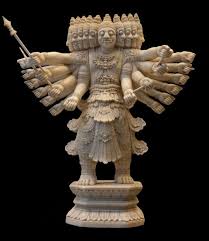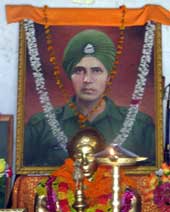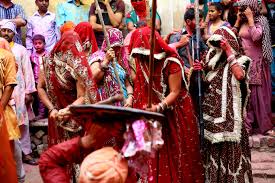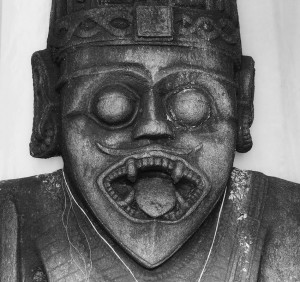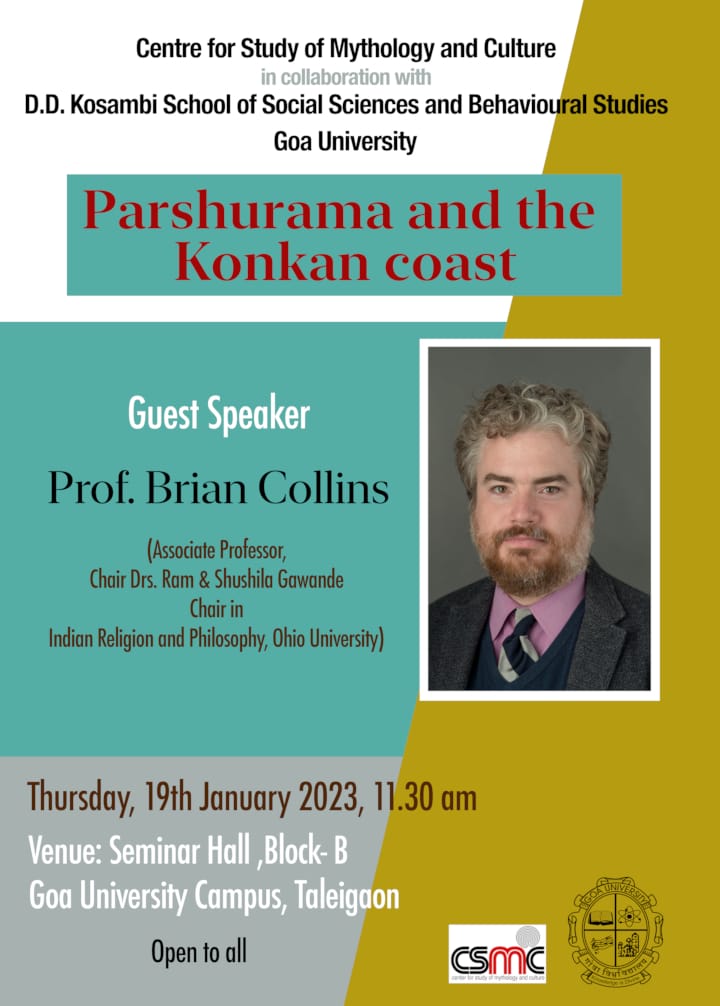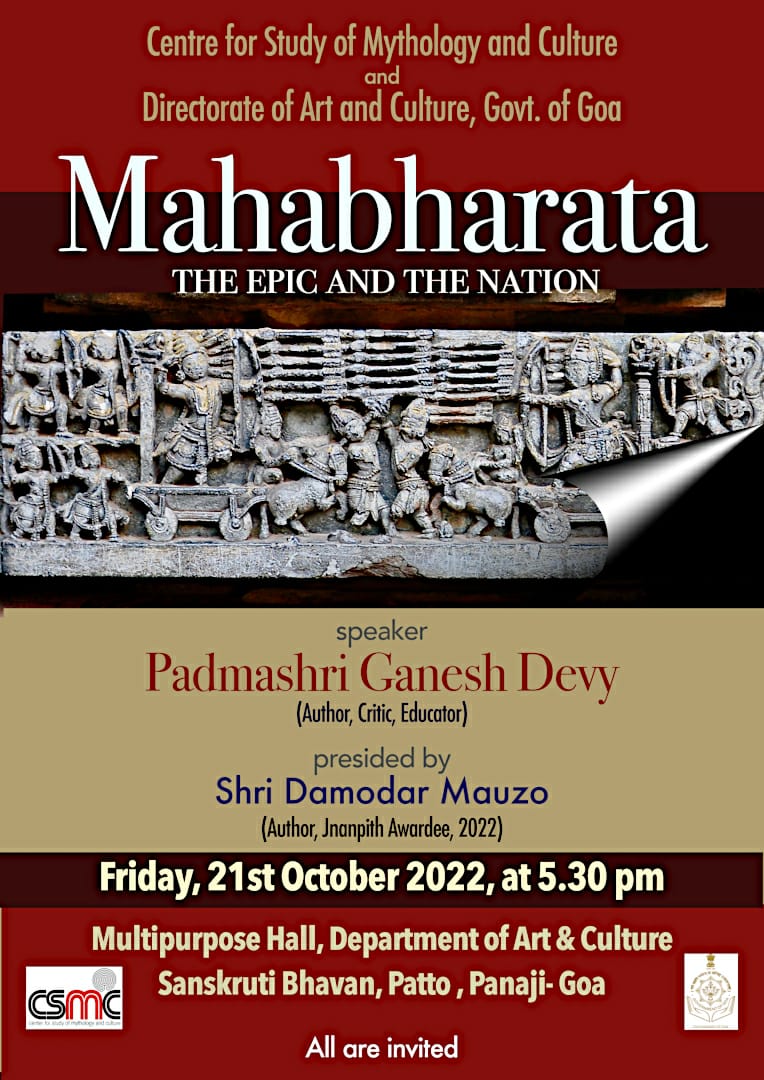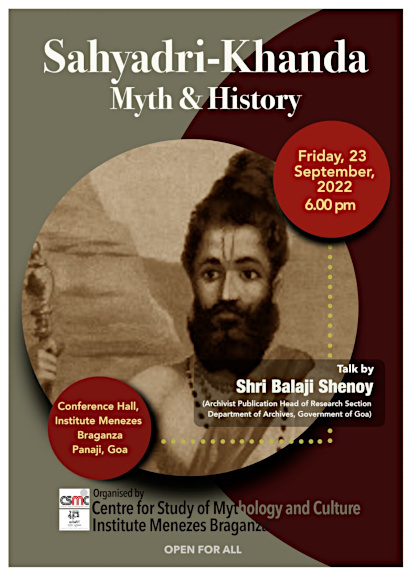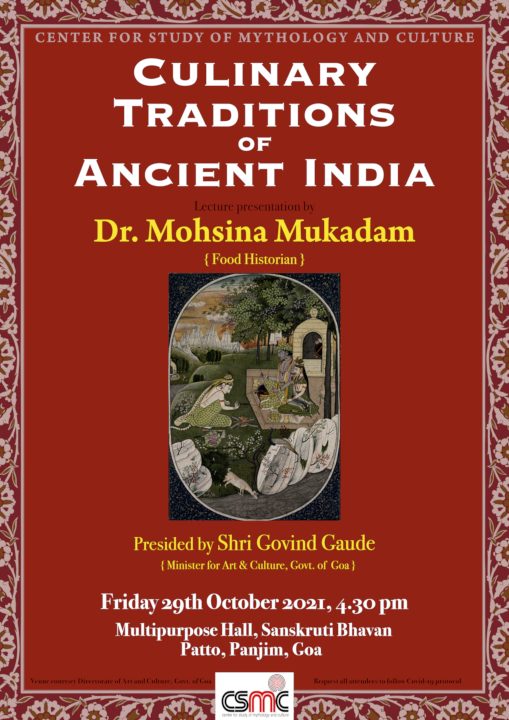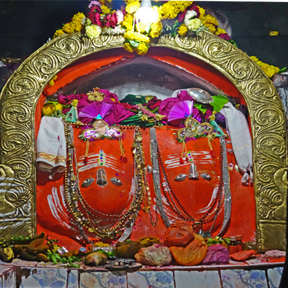
Why would a god turn his back to his devotees and show his hind side? I asked the man who was talking to me from other side of telephone.
“It is really hard to answer this question on the telephone”. Mumbled the man, who had introduced me as the Pujari of the shrine. “Why don’t you come here and attend the annual jatra and all your questions would be answered.”
Armed with an invitation I decided to travel 400 kms from Mumbai in deep interiors of Maharashtra. The god in question is called Darling ( pronounced as the-r-ling), an avatar of lord Shiva.* What intrigued me was I had never heard of god being worshipped by his hind side — “dhunganacha dev“** ( the arse god) as one villager lovingly described him. Located 60 km from Pandharpur, this sleepy hamlet of Chal, in Maharashtra comes alive on full moon of Chaitra ( Chaitra Pournima) to celebrate the wedding of lord Darling with his wife Mitabai . The Jatra festivities lasts for three days.
As we proceeded towards the shrine in pitch darkness on a mud road– few glittering lights in distance and blaring noises of loudspeaker was the only visible signs of a temple activity. When we approached the temple we could see people had started arriving in groups.
The belief is- once the three-day celebrations are over, shrine is cleaned and locked. No humans beings, that includes the Pujari of the temple should stay or stray around the shrine. Else, bhutas , who come visiting the lord devour living beings that come in their way. A large water pitcher and a basket full of puran polis( a local preparation of sweet roti) are left for the bhutas( spirits) who then take over the premise after devotees leave.
After the wedding celebrations were over I gathered few village elders to solve the mystery of god Darling’s posture. The answers were as intriguing and confusing as the question itself.
According to Datta Dnyandev Lokre a village elder – “ A rich man from the village had two wives. Both women bore children at the same time. But younger wife got jealous and came to lord Darling and asked the god to ‘ take away’ the child of other wife. Darling was very pained by the request but he had to oblige her request since he never declines vows made to him. He took away the child but to show his displeasure he turned his back to his devotees.”
In another version of the legend, narrated by Shivaji Waghmode, a village head– “Once upon a time a local king Jethoba, ruled over Chal . There lived a daitya*** in his kingdom. Daitya would harass his subjects and would devour them time-to-time. Jethoba could not get rid of daitya as he was very powerful. Jethoba, a devotee of Shiva did penance for 12 yrs. Finally, Shiva was pleased by his devotion and he asked Jethoba to ask for a boon. Jethoba narrated the woes of his subjects and terror the daitya has caused in his kingdom. He pleaded Shiva to get rid of daitya and bring peace in his kingdom. Shiva came to Chal riding on his horse. A fierce battle broke between Shiva and the daitya. At one point Shiva entered a dari (meaning abyss in Marathi) and disappeared . As Daitya followed him , Shiva attacked the daitya and killed him. To celebrated the invisible form of Shiva hiding in the abyss, locals venerate him only by his hind part that remained visible but rest of his body disappeared in the mountains. He is called by the name Dariling from then on”.
One of the office bearer’s of the shrine committee had the following version. When Mughals conquered this region locals enclosed the shrine by brick and mortar so that Muslims would not desecrate it. After many years when Muslim rulers were defeated and left the region villagers decided to open the shrine. But they had forgotten which was the front gate and the hind gate of the shrine. They opened the shrine from opposite end. And first thing they found or saw of the deity was the hind side. They have worshipped the god in that form since then.
But the most probable explanation seems to come from a woman devotee who told me this version. “There was a jatra of this deity. After jatra got over everyone left the premise as mentioned in the tradition of the shrine. Unfortunately one poor farmer women forgot her child in the temple premise, as she left the shrine is great hurry. Everyone left the premise and the priest left the shrine locking its door behind. God Darling was waiting for Bhutas to enter in when he heard the baby cry. He knew if Bhutas were to see this baby they would not hesitate to devour it. God quickly grabbed the baby and turned his back, hiding him from the gaze of bhutaganas. Next day the child was found in market place. When temple pujari doors were opened the temple shrine after bhutas had left, he found that their god has turned his back to them.
This tale coincides with the belief that lord Darling is the protector of children. It is believed that Darling responds to the call of people when they prey for progeny. And if their vow is fulfilled they bring their young ones in this temple. A ritual is conducted next day of the Jatra- where the main pujari of the shrine throws these young wards from the temple rooftop – into the hands of anxious parents waiting to grab them. Devotees believe that this ritual strengthens their faith in the god who ‘safely’ delivers their children to them.
* I was told that god Darling- an avatara of Shiva originates from Ujjain, that is one of the 12 Jyotirlingas. Originally the sect belongs to three brothers all known as Darling dev. The elder brother settled at Chal , middle brother stayed at Ambegaon and the younger brother lived in Tarapur village .
** When I discussed the term ‘dhunganacha dev’ with the pujari , he refused to acknowledge such a term and said it would be derogatory to use such description for the god. I also noticed there was an attempt to rewrite the original history of the shrine, which was originally worshipped by hatkar and dhanagar class (shepherd caste).
***In Hinduism, the Daityas are a clan or race of Asura as are the Danavas. Daityas were the children of Diti and the sage Kashyapa. They were a race of giants who fought against the Devas because they were jealous of their Deva half-brothers. The female Daityas are described as wearing jewelry the size of boulders.
Story Collected By Vidya Kamat
Stories told by :Sudhaker Dnyandev Lokre, Shivaji Waghmode, Ratnaker Gaikewad, Ushabai Farad
Location : Chal, Maharashtra.
Image details: Image of lord Darling at Chal.
Image copyright: Vidya Kamat







